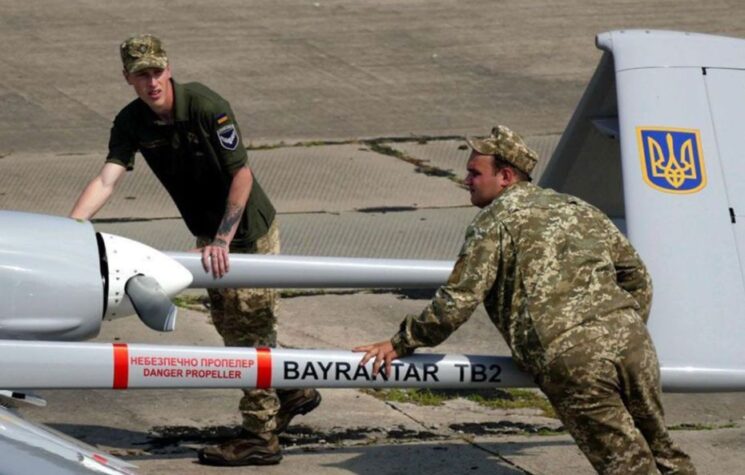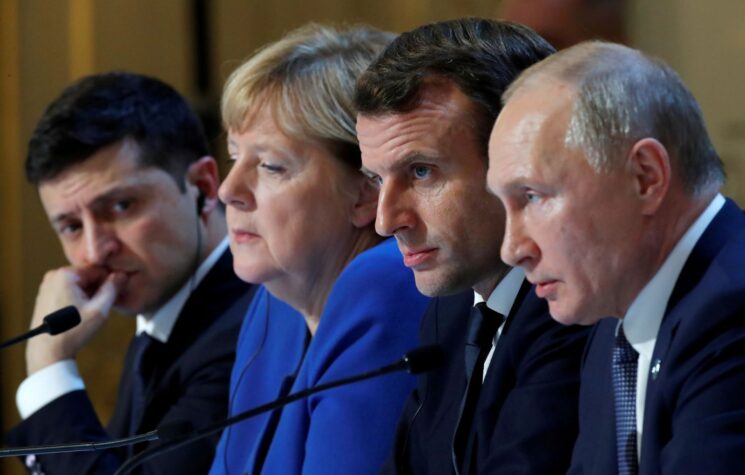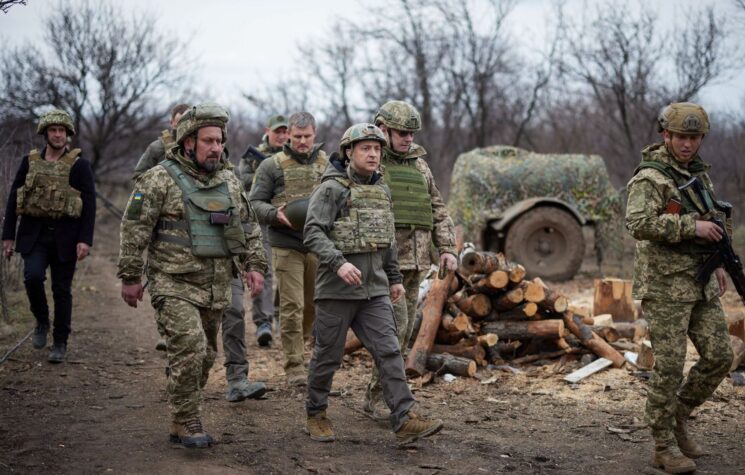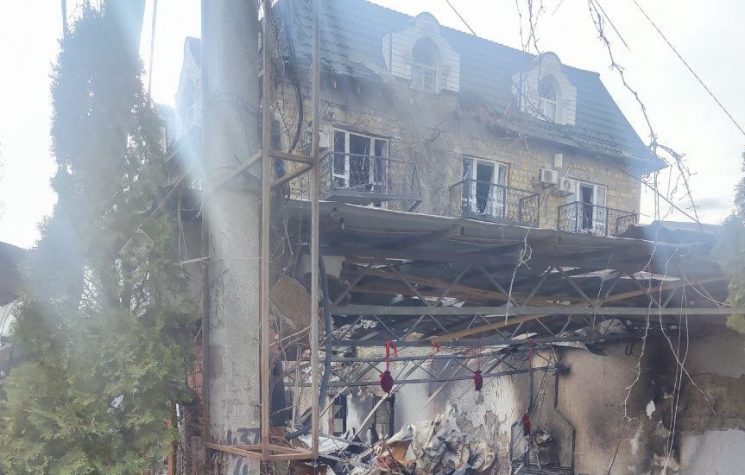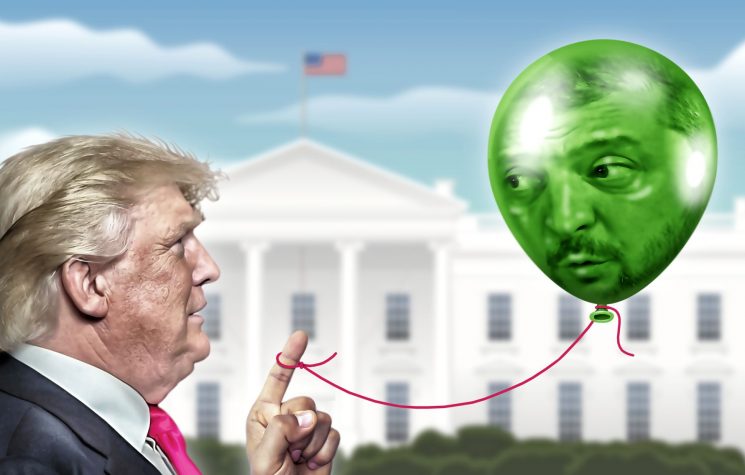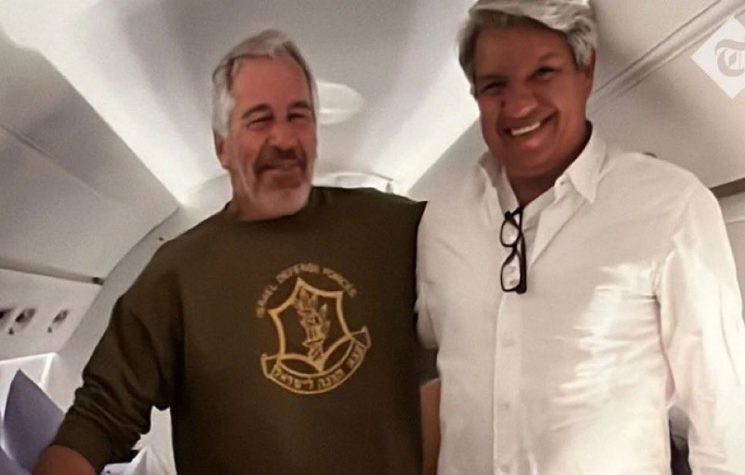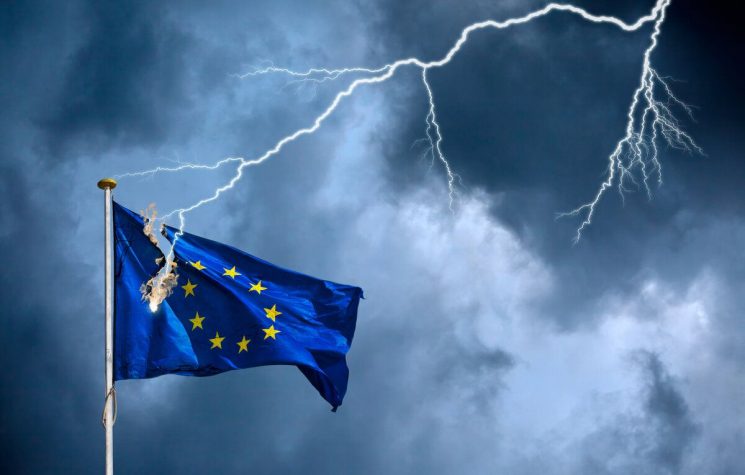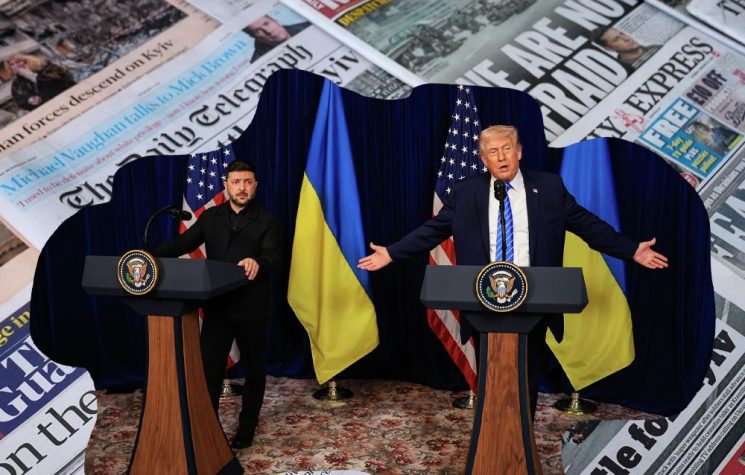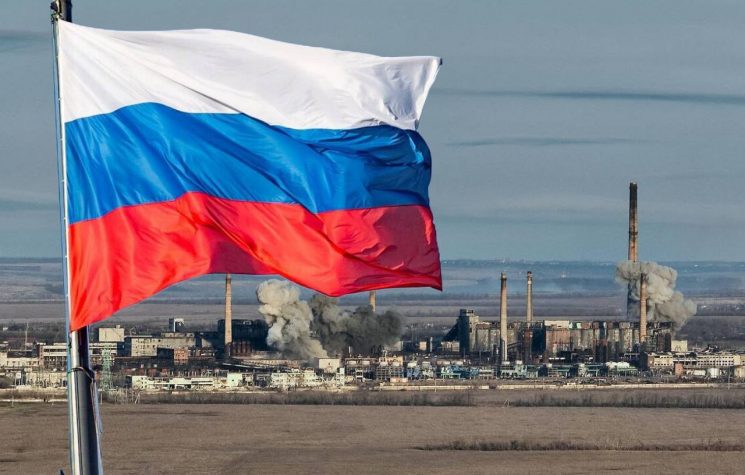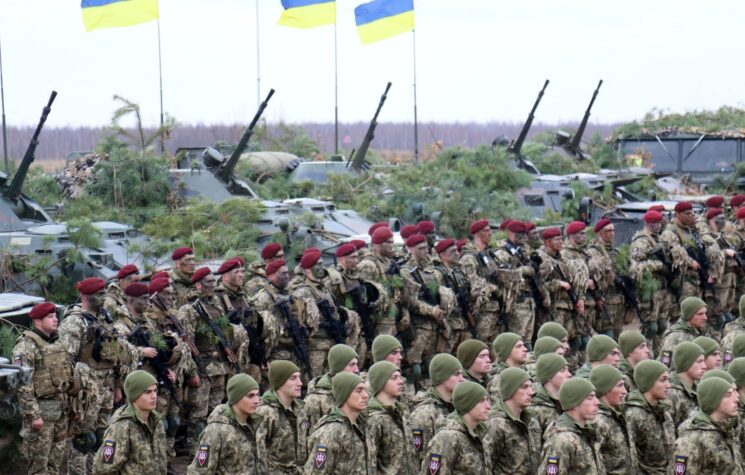It behooves the Pentagon chief and his aides to scrutinize the alleged U.S. intel and to weigh up the political games of who is playing who.
The two most senior military commanders of the United States and Russia engaged in phone talks this week as dangerous tensions between the nuclear superpowers escalate.
A shaky ceasefire in Ukraine between U.S.-backed Kiev regime forces and Russia-backed separatists is parlously close to outright collapse while NATO warships and warplanes increase aggressive maneuvers in the Black Sea on Russia’s southern flank.
For the top-level talks on the American side was Chairman of the Joint Chiefs of Staff General Mark Milley while the Russian side was represented by its top military officer General Valery Gerasimov. By mutual agreement the conversation was private with no public disclosure of what was discussed. But it’s a safe assumption that the explosive Ukraine conflict was given priority.
The phone meeting comes as elements within the U.S. government, amplified by news media outlets, are recklessly accusing Russia of planning a military invasion of Ukraine. For weeks now, the U.S. State Department has been briefing media outlets and European NATO allies with claims that Russia is amassing troops and artillery near its border with Ukraine. Secretary of State Antony Blinken has taken a personal role in leading the allegations. An interesting facet is that the claims ostensibly rely on commercial satellite data. Media outlets like the New York Times and CNN have given prominence to the warnings.
Another U.S. outlet, Bloomberg, ran a report on November 21 with the sensational headline: “U.S. intel shows Russia plan for potential Ukraine invasion”. The report does not specify who the “U.S. intel” sources are exactly but they are cited as claiming that Russia may invade Ukraine by the end of January. The “intel” was again based on commercial satellite data attributed to a private U.S.-based company called Maxar which works closely with Washington on national security, according to the company’s website.
The suspicion is that the Central Intelligence Agency is driving the narrative alleging Russian military buildup and threat of invasion. The State Department and the CIA are long-time bedfellows going back to the early years of the Cold War.
The intel reported by the U.S. media is not objective data, but rather is politicized information. The CIA’s stock-in-trade is political warfare and, to be blunt, fabrication, lies and propaganda.
Russia has dismissed the claims of its military buildup near Ukraine’s border and threatening to invade its western neighbor. Kremlin spokesman Dmitry Peskov referred to the purported satellite data as “poor quality” and the accompanying claims against Russia as “hysterical”. Peskov also pointed out that the United States and its NATO partners are the ones who are increasing military forces and infrastructure near Russia’s borders yet the U.S. absurdly accuses Russia of having troops on its own territory within the country’s sovereign borders.
Another telltale sign of narrative management – as opposed to actually existing circumstances – is that the State Department’s well-publicized alarmism about alleged Russian invasion chimes neatly with claims from the Ukrainian military under the control of the U.S.-backed Kiev regime. The Bloomberg report above coincided with dramatic claims from the head of Ukrainian military intelligence, Brigadier General Kyrylo Budanov, who told Military Times in an interview that Russia was preparing “to invade by the end of January” – the same timeframe which “U.S. intel” had also contended. That indicates story coordination.
Last week, too, the Ukrainian defense minister Oleksii Reznikov was visiting Washington DC where he was also telling prominent news media of fears over a Russian invasion. He said the alleged threat to Ukraine necessitated a boost in the already substantial U.S. military supplies to the Kiev regime. The Ukrainian side has been tediously harping on such claims for years now. But it seems there is a renewed impetus in Washington to amplify the war drums.
The Kremlin has cautioned that the real danger stems from the Kiev regime stepping up its offensive on the ethnic Russian population of the Donbas. Western governments and media are ignoring this provocation, choosing instead to focus on alleged Russian threats. The southeastern region never recognized the reactionary Russophobic political administration that seized power in 2014 after the U.S.-backed coup d’état in Kiev. This is what the nearly eight-year war in Ukraine has been all about even though Washington and its European allies have the audacity to accuse Russia of destabilizing Ukraine.
Moscow is warning that the Kiev regime is determined to finally repudiate the Minsk peace accords negotiated in 2015 which mandate it to afford political autonomy to the Donbas self-declared republics. Instead, Kiev wants to go for a “military solution” by launching a full-on offensive against the Donbas, according to the Russian foreign ministry.
Thus, all the lurid accusations against Russia are a cynical cover for the flagrant and systematic violation of an internationally binding peace settlement. The Biden administration is aiding and abetting the Kiev regime to ramp up the war, from supplying it with lethal weaponry and emboldening belligerence, to concocting the media narrative of an alleged Russian invasion.
When General Gerasimov spoke with General Milley we can be sure that it was explained to the American side that the U.S. intel promoted by the State Department and Ukrainian military does not match reality. We may be sure that the Russian information provided to Milley can be verified as objectively accurate. Where is the Pentagon’s own intelligence on this matter as opposed to a private company source?
Here though is the amusing irony of the grim situation. Milley is probably better informed about the alleged Ukrainian developments thanks to his Russian counterpart in contrast to the dubious briefings from shadowy elements within the U.S. government. Elements, moreover, which have a vested nefarious interest in stoking a conflict with Russia.
Milley has himself expressed earlier doubts about the conjecture of a Russian invasion. On November 3, he was quoted as saying he did not see any threat of Russian aggression towards Ukraine. Milley is right to trust his military gut instincts.
Ukrainian military chiefs were also earlier downplaying reports of Russian buildup. So, what has changed in the last few weeks? Not the facts on the ground, but rather, it is argued here, the propaganda effort by elements within the U.S. establishment to create “facts” to suit policy. This has echoes of the WMD fiasco and cooked intel that presaged the disastrous U.S. war on Iraq in 2003.
It should be noted that the top Pentagon officer served in the same position during the Donald Trump administration. He famously had a falling out with then-President Trump when he maintained that military officers should not allow their profession to be politicized. Now would be an opportune time for General Mark Milley to confirm that principle.
The conflict in Ukraine is being blatantly politicized with false U.S. intel claims that when scrutinized are patently absurd. However, those claims are leading to ever-more dangerous tensions and a risk of an all-out war that could drag the United States and Russia into a direct military confrontation.
It behooves the Pentagon chief and his aides to scrutinize the alleged U.S. intel and to weigh up the political games of who is playing who. Making the correct call is a matter of war and peace.







